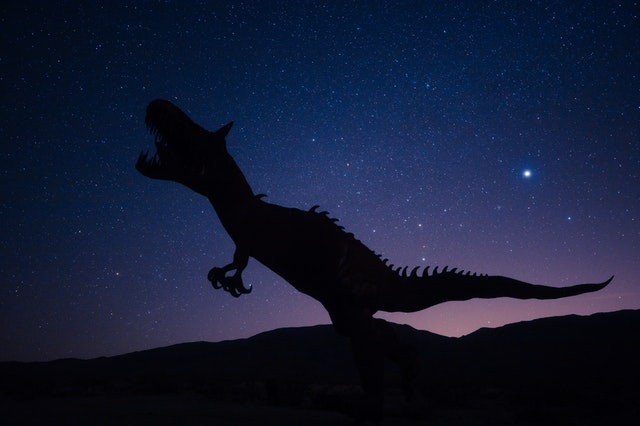A fall in carbon dioxide levels might have enabled sauropodomorphs, initial relatives of the biggest animal to ever walk this world, thousands of kilometers migrate north about 214 million years ago over once-forbidding deserts.

The Mysterious Dinosaurs Migration
The National Academy of Sciences disclosed that researchers indicated the period of the dinosaurs' trip from South America to Greenland by relating rock layers with sauropodomorph fossils to shifts in Earth's magnetic field. Utilizing that timeline, the team discovered that the animals' push northward concurs with a huge decline in CO2, which may have wiped out climate-related barriers.
(SN: 11/17/20). The sauropodomorphs were a faction of plant-eating, long-necked dinosaurs that comprised large sauropods such as Seismosaurus as well as their tinier ancestors. Sauropodomorphs survived mainly in what is now southern Brazil and northern Argentina roughly 230 million years ago. But at a point, these initial dinosaurs pot up and migrated as distant as Greenland
ALSO READ : Scientists Finally Unlock Dinosaur DNA
The Journey to Greenland
Precisely when they could have migrated have been a mystery, though. Columbia University's geologist Dennis Kent explained that in precept, you could have trekked from where they were to the other hemisphere, which was something similar to 10,000 kilometers away.
Back then, the Americas and Greenland were put together into the grand-continent Pangea. Mountains were simple to get around and no oceans were obstructing the paths. If the dinosaurs had trekked at the passive pace of two to one kilometers each day, it would have carried them about 20 years to arrive at Greenland.
But during most of the Late Triassic Epoch, which lasted for 215 million to 233 million years ago, Earth's carbon dioxide degrees were extremely elevated - as many as 4,000 fractions per million. Currently (in comparison, CO2 levels presently are around 415 per million). Climate simulations have indicated that a level of CO2 would have generated severe climate instabilities and hyper-arid deserts, which could have posed as an obstacle to the enormous beasts.
With massive deserts extending south and north of the equator, Dennis says, there would have been some plants accessible for the herbivores to live through the journey for most of that period.
Ancient Rocks
Earlier assessments indicated that these dinosaurs journey to Greenland from about 205 million to 225 million years ago. To obtain a better-specified date, Dennis assessed magnetic structures with his colleagues in ancient rocks in New Jersey, Arizona, Greenland, Europe, and South America - all locales where sauropodomorphs fossils have been found.
These structures document the exposure of Earth's magnetic field at the period of the rock's formation. By correlating those structures with earlier excavated rocks whose ages are known, the group discovered that sauropodomorphs arrived about 214 million years ago in Greenland.

Earth's Climate
That more specific date for sauropodomorphs' migration might clarify why it took them so long to begin the walk north - and how lived through the migration: Earth's climate was changing quickly at that time.
The group disclosed that through the time that sauropodomorphs surfaced in Greenland, carbon dioxide degrees dropped within a few million years to 2,000 fractions per million, compelling the climate more travel-friendly to herbivores. The purpose for this drop in carbon dioxide - which happens in climate records from Greenland and South America - is not known, but it helped for an occasional migration northward.
RELATED ARTICLE : Identity Crisis: New Hypothesis Suggests Radical Changes to the Dinosaur Family Tree
For more news,update about dinosaur and similar topics don't forget to follow Nature World News!
© 2025 NatureWorldNews.com All rights reserved. Do not reproduce without permission.





